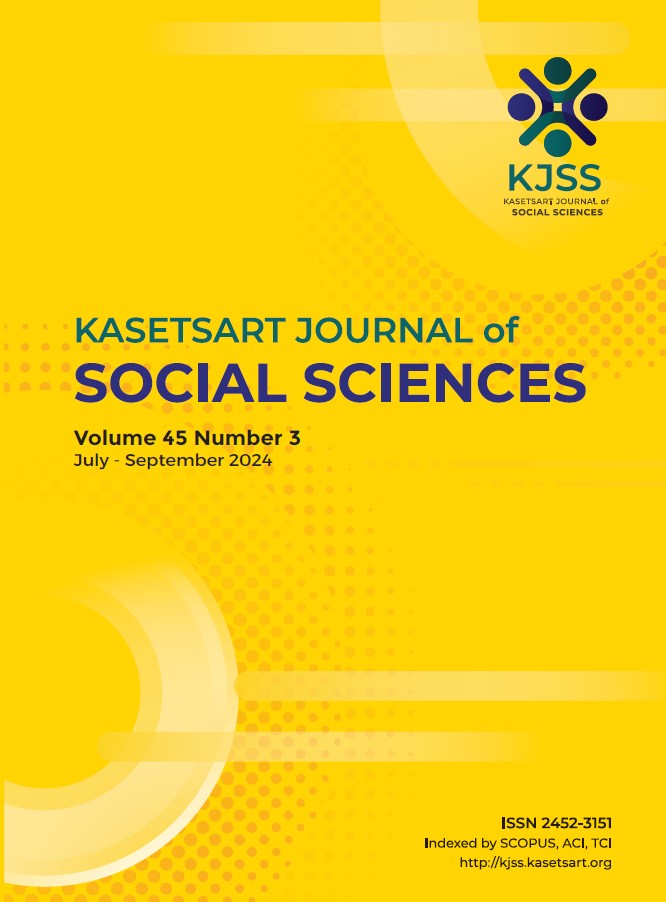Unintended pregnancy in a low fertility context: Insights from the national survey of Thailand
Keywords:
mistimed pregnancy, reproductive health behavior, spouse’s characteristics, Thailand unwanted pregnancyAbstract
Unintended pregnancy has remained a global public health issue for many decades. The evidence indicates that unintended pregnancy is prevalent not only in resource-limited, high fertility contexts, but also in countries with greater resources accompanied by low fertility. This study analyzed empirical evidence to gain a better understanding of what factors determine unintended pregnancy in the presence of low fertility. Using nationally representative survey data from Thailand, the study separated unintended pregnancies into mistimed pregnancies and unwanted pregnancies to identify any differences in terms of risk factors. The findings showed that approximately one in three women of reproductive age had experienced an unplanned pregnancy. We found similarities and differences in the risk factors that were significantly correlated with mistimed pregnancies and unwanted pregnancies. Our evidence highlights the significant impact of gender equality within a household on pregnancy unintendedness. While most attention has been given to pregnancies occurring among female adolescents, our findings show that reproductive women in older age groups also experience unintended pregnancy, indicating the need to pay specific attention to these women to help them address their reproductive and fertility challenges.
Downloads
Published
How to Cite
Issue
Section
License
Copyright (c) 2024 Kasetsart UniversityThis is an open access article under the CC BY-NC-ND license http://creativecommons.org/licenses/by-nc-nd/4.0/










